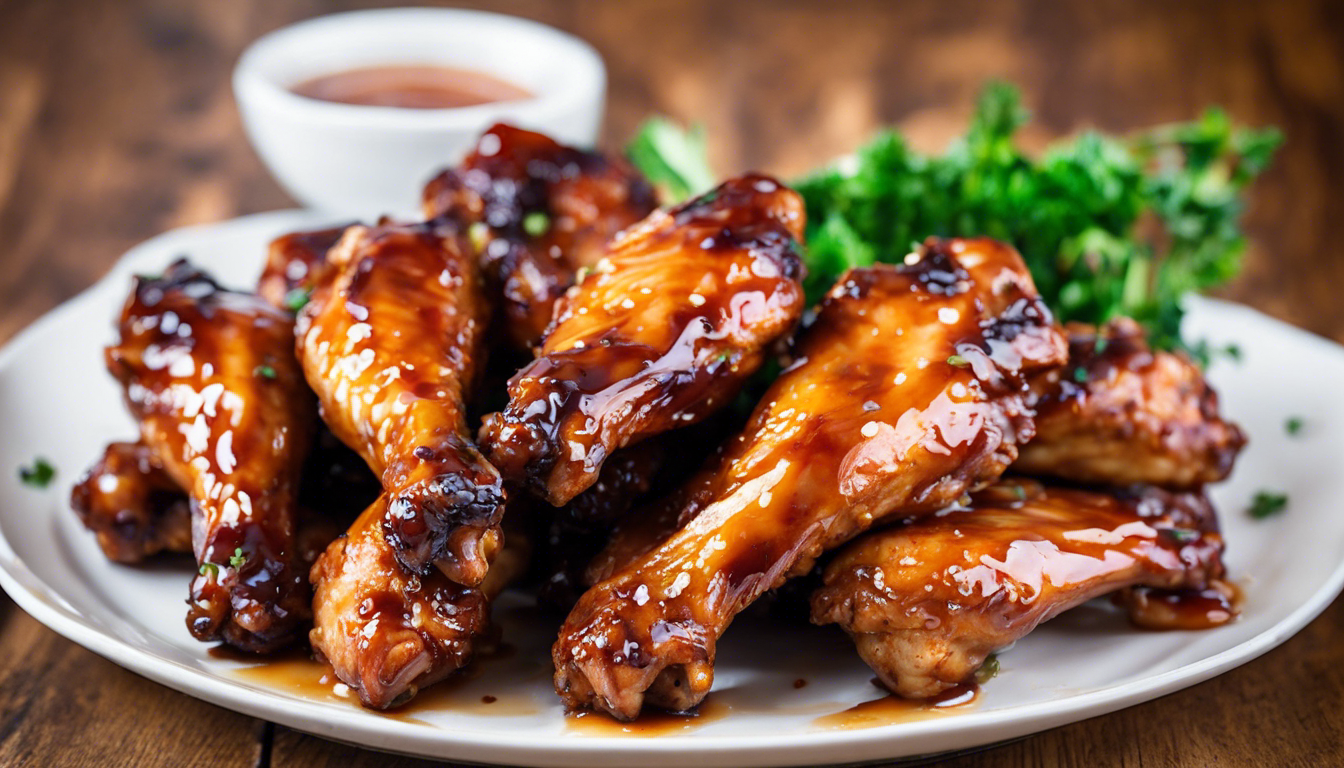
Ingredients and Preparation
Embarking on a culinary journey requires a well-prepared kitchen and the freshest ingredients. To ensure your dish is a masterpiece, begin by gathering all the necessary components. Here’s what you’ll need:
Once you have all your ingredients ready, it’s time to start the preparation process. Follow these steps to create the foundation of your dish:
Firstly, take the and ensure they are cleaned, peeled, and chopped as required. This will help in cooking them evenly and extracting maximum flavor. If you’re using ingredients like meat or fish, make sure they are properly trimmed, and any excess fat is removed. Marinating these ingredients can also infuse them with flavors and tenderize them, enhancing the overall taste of your dish.
Next, measure out the spices and herbs you will be using. Fresh herbs should be rinsed and chopped finely to release their aromatic oils. For dry spices, toasting them lightly in a dry pan can help unlock their flavors before adding them to your dish.
For the cooking process, have your pots, pans, and baking dishes ready. Preheat your oven if the recipe calls for baking, and ensure that your stovetop is set to the correct temperature for sautéing or simmering. Having everything prepped and within reach will make the cooking process smoother and more enjoyable.
Remember, the key to a great dish is not just in the cooking, but in the preparation. Taking the time to properly prepare your ingredients will pay off in the flavor and presentation of your final dish.
Glazing and Baking Techniques
Mastering the art of glazing and baking is essential to bringing out the rich flavors and achieving the perfect texture in your dish. Glazing often involves brushing or drizzling a sauce or marinade over the food to create a glossy, flavorful coating that caramelizes during baking. Here are some techniques to ensure your glazing and baking yield the best results:
Glazing:
- Prepare your glaze according to the recipe, ensuring all ingredients are well combined for a smooth consistency.
- If you’re working with meats, apply the glaze during the last few minutes of cooking to prevent it from burning. For vegetables or fruits, you can glaze them earlier in the baking process.
- Use a pastry brush for even application, and avoid over-glazing, which can lead to a soggy exterior.
- For added depth, consider using a glaze that complements the main flavors of your dish, such as a balsamic reduction for savory items or a honey glaze for desserts.
Baking:
- Ensure your oven is preheated to the correct temperature before placing your dish inside. An oven thermometer can help verify the accuracy of your oven’s settings.
- Position your baking dish on the right oven rack. Generally, the middle rack is ideal for even cooking, but some dishes may require a lower or higher placement.
- Keep the oven door closed as much as possible to maintain a consistent temperature. Use the oven light and window to check on your dish’s progress.
- For even baking, rotate your dish halfway through the cooking time, especially if your oven has hot spots.
- Test for doneness using a thermometer or by checking if the glaze has caramelized to a rich, golden color and the texture is as desired.
By paying close attention to these glazing and baking techniques, you’ll ensure that your dish develops a deliciously inviting exterior that’s both visually appealing and bursting with flavor. Remember, patience and precision are key to achieving the perfect bake.
Serving Suggestions and Pairings
When it comes to serving your culinary creation, presentation and pairing are just as important as the cooking process itself. The right accompaniments can enhance the flavors of your dish and create a more rounded dining experience. Here are some suggestions to consider when serving your dish:
- Choose a serving platter or individual plates that complement the colors and textures of your dish. The visual appeal is the first impression your dish makes, so make it count.
- Consider the temperature at which the dish is best served. Some dishes are best enjoyed hot out of the oven, while others may benefit from resting a few minutes before serving.
- Pair your dish with sides that balance the flavors. If your main dish is rich and savory, a light, fresh salad could provide a nice contrast. For sweeter dishes, a dollop of cream or a scoop of ice cream might be the perfect match.
- Think about the appropriate cutlery and glassware that will be needed to enjoy the meal. For example, a robust meat dish may require a sharp steak knife, while a delicate dessert might be best enjoyed with a dainty spoon.
- Don’t forget the drinks. Wine pairings can elevate your dish to new heights. A general rule of thumb is to pair light wines with lighter dishes and fuller-bodied wines with heartier meals. However, feel free to experiment with contrasts and combinations that please your palate.
- Herbs and edible flowers make excellent garnishes, adding a touch of elegance and a pop of color. Ensure they are fresh and properly washed before adorning your dish.
- If your dish has a particular cultural origin, consider incorporating elements of that culture into your presentation. This could include traditional tableware or decorations that celebrate the dish’s heritage.
Remember, the goal is to create a harmonious dining experience that delights all the senses. Take the time to consider how each element of your serving and pairing choices will work together to complement the main attraction – your beautifully prepared dish.
